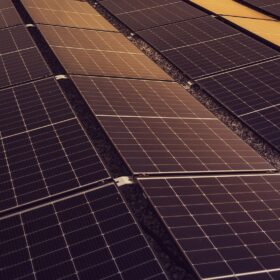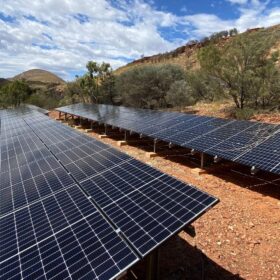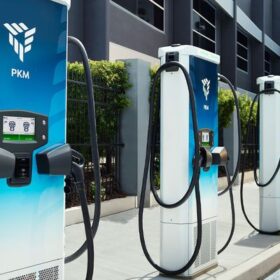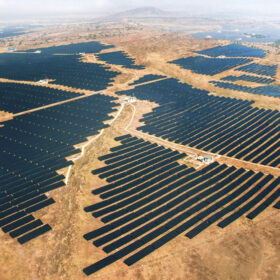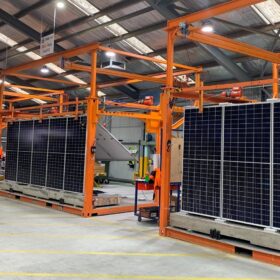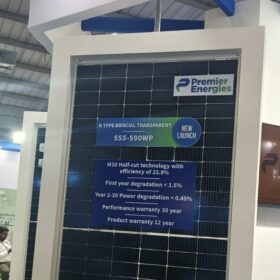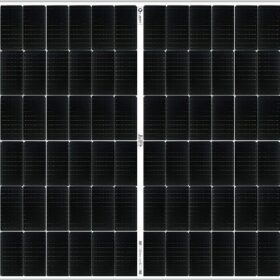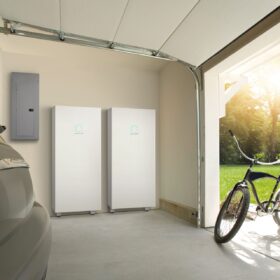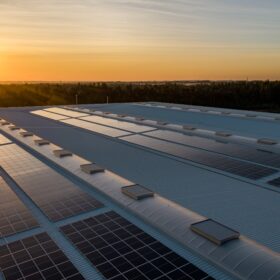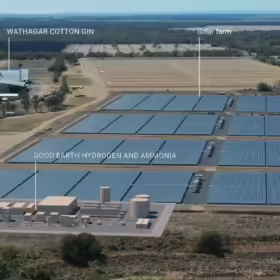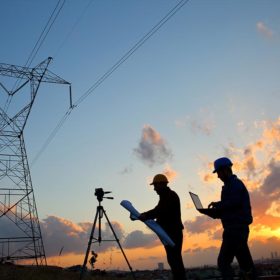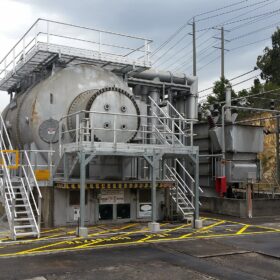Research sheds new light on shade effects for rooftop PV
Researchers have covered part of a rooftop solar plant with varying numbers of shading cloth layers and continued to measure the power, current, and voltage of the system. They have been able to identify a point after which the value of system current and maximum power is no longer sensitive to shading heaviness.
Top End microgrid developer eyes large-scale plans with Indian steelmaker
Western Australian renewables developer Generators and Off Grid Energy has landed a deal with an Indian steel company to jointly develop large-scale solar and battery energy storage systems in northern Australia.
BT Imaging to supply quality control tool for 1.5 GW solar cell line in India
Australian PV equipment specialist BT Imaging will supply its advanced photoluminescence imaging tool for solar module maker Emmvee’s 1.5 GW TOPCon cell manufacturing facility in India.
Troubled Tritium picked up by Indian EV charger giant
Collapsed Australian electric vehicle fast-charger manufacturer Tritium has been acquired by a subsidiary of India-headquartered power solutions company Exicom Tele-systems as it looks to expand its global footprint.
ClearVue integrated solar window tech cracks Middle East construction market
Smart building materials company ClearVue Technologies has cracked the Middle East and Indian construction markets after signing a five-year agreement with Qatar’s largest glass and façade manufacturer.
Weekend read: From Mumbai to Bondi
Economic cooperation between India and Australia may open doors for investment in clean energy technology but challenges still abound in a competitive global market. Vibhuti Garg and Shantanu Srivastava, of the Institute for Energy Economics and Financial Analysis, discuss the role that public funding and resource pooling could play in supporting manufacturing ambitions.
System design for PV-driven hybrid EV charging stations
Researchers in India have simulated a 4 kW solar power-based hybrid electric vehicle charging station using a three-stage charging strategy and found that the station is capable of charging 10–12 EVs with 48 V 30 Ah lithium-ion batteries.
5B eyes Australian expansion as work on Indian production plant begins
Modular solar pioneer 5B has commenced construction of a potential giga-scale production facility in India that is to improve its access to international markets, but the Sydney-headquartered company remains committed to its manufacturing operations in Australia.
Premier Energies unveils 590 W TOPCon bifacial PV modules
Indian manufacturer Premier Energies says its n-type TOPCon bifacial glass-backsheet modules are available in power outputs of 555 W to 590 W, with an efficiency rating of up to 22.83%.
Bluebird Solar unveils M10 half-cut PV modules
Bluebird Solar has developed half-cut mono passivated emitter and rear contact (PERC) solar modules based on M10-sized cells. The modules are available with outputs ranging from 400 W to 550 W.
